

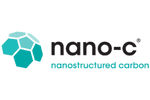



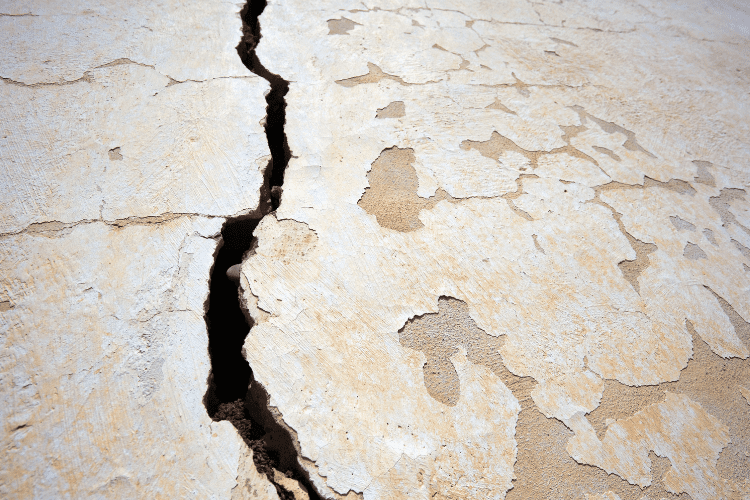
Reliable solar degradation testing through the entire life cycle
You’re developing novel materials and products that improve our quality of life. Whether it’s in packaging, plastics, electronics, polymers, coatings, construction or aerospace, you need to make sure the material will last.
You don’t have the luxury of spending 25 years to wait and see. You need accelerated weathering and photodegradation tests that accurately represent the environmental degradation your material will experience in the real world.
Chemical degradation is very specific to the environmental conditions, the materials involved, as well as how they’re processed. A big component in any degradation study is also the reliability and consistency of the light source used for testing.
G2V’s specialized LED solar simulators are built with the longest-lived light sources of any lamp (guaranteed for 10,000 hours and longer compared to 1,000 hours for typical xenon and metal halide), and are designed specifically for long-term spectral reliability, as well as exceptional spectral match. Whether you’re working on lab tests or final large-scale product validation, our lights will provide the consistency you need.
Featured Innovations
The Most Advanced Technology For Your Cutting Edge Research
You’re building something great. Our solar replication technologies mean you don’t have to worry about accurate light.
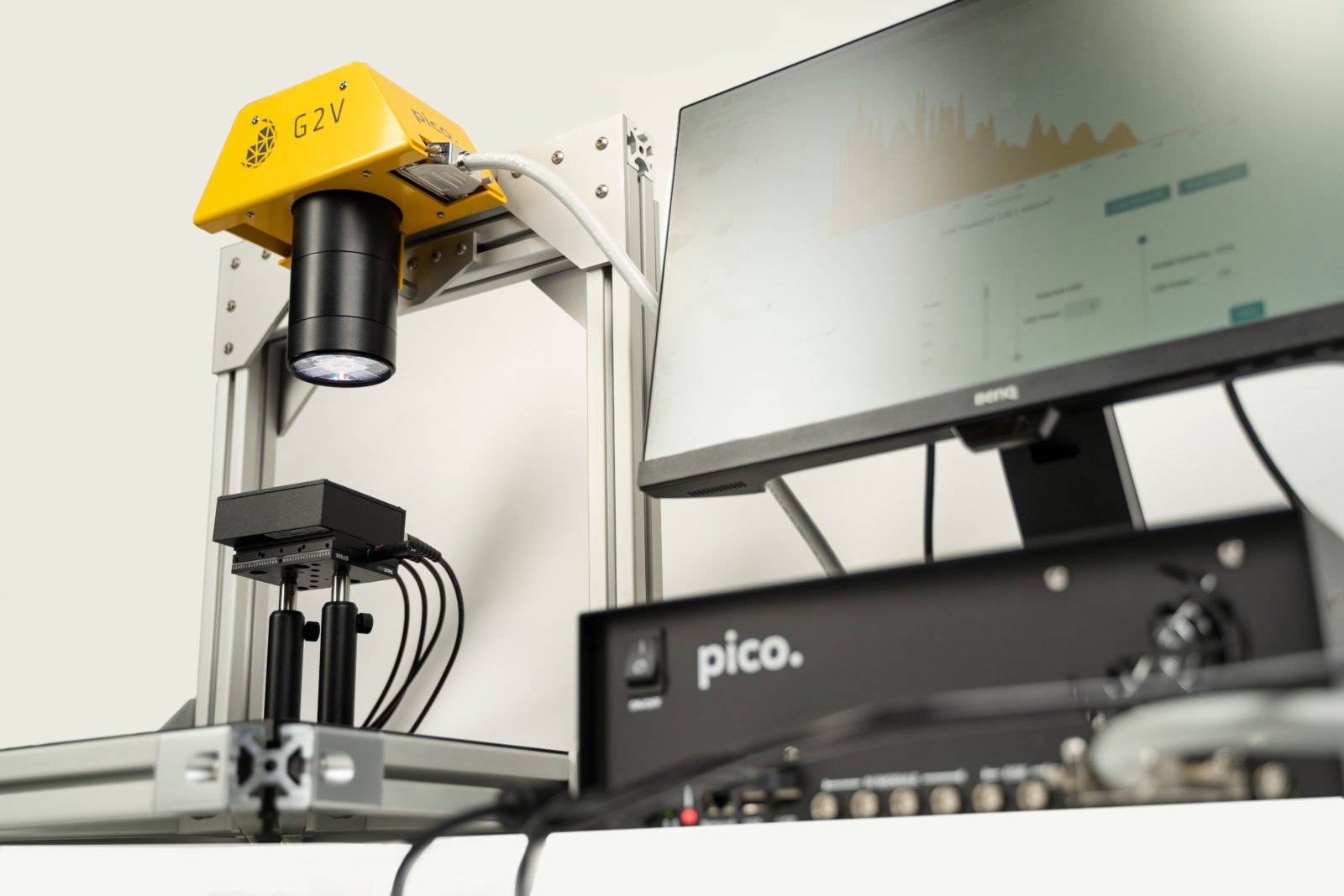
Pico™ Solar Simulator for Weathering and Material Testing
You want to test photodegradation in concert with humidity, temperature and other effects. You need a solar simulator that can integrate well with your weather chambers, glove boxes, and other experimental setups. The Pico small-area solar simulator will give you the exceptional sunlight you need in a form factor that will synergize with your existing spaces.
- Small form factor to work with your other systems
- Connect to LAN or Wi-Fi networks and control it from the comfort of a web browser
- Intensity and wavelength control to investigate key spectral sensitivities
- One-Click Sun (beta) optional module replicates the solar irradiance of any place on Earth
Get high-quality solar simulation that fits with your setup.
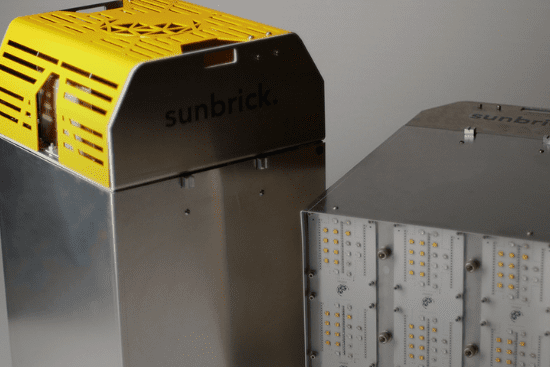
Sunbrick™ Solar Simulator for Weathering and Material Testing
You need long-term, reliable testing that can work with you from the initial concept phases to more full-scale material prototypes. The Sunbrick large-area solar simulator has a tileable design that can illuminate arbitrarily large sizes to meet you at your material's developmental stage.
Combined with exceptional spectral match and high tunability, and you have a solar simulator that's ready to weather any material.
- Low LED drive currents to maximize lifetime and reliability
- Intensity and wavelength control to investigate material photosensitivity
- Tileable into arbitrary array sizes for scaling with your material samples
- Python API and LabView DLL for automation
How a 4-Sun Solar Simulator Accelerates Testing
Shining the regular sun’s intensity won’t always give you the rapid data and info you need on your materials. You need higher-intensities without sacrificing stability and reliability. G2V built a 4-Sun LED solar simulator, one of if not the highest intensity device using this technology, so you can have the benefits of LED technology while achieving high-intensity accelerated testing.
Our 4-Sun Solar Simulator article looks at:
- The challenges of lamp-based multi-sun systems
- The results achieved by our LED-based 4-sun system
- The technological innovations that have brought the system to fruition
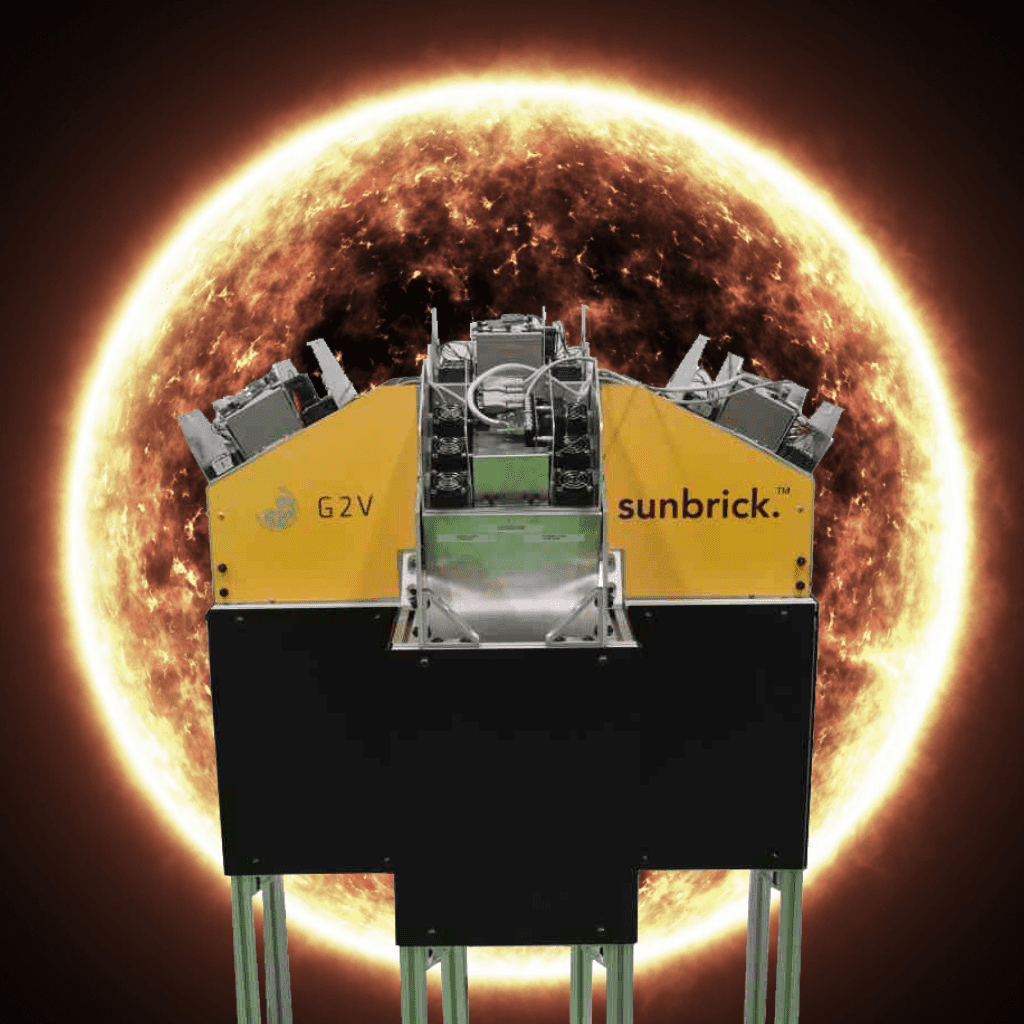
Featured Innovation
The Sunbrick Large-Area Solar Simulator
Better testing illuminates the future with higher-quality predictions.
You’re looking to conduct long-term testing and need a solution that will be unflappable throughout. Our Class AAA Sunbrick was designed to minimize the load on each LED in order to maximize their lifetime.
Along the way, you might need to probe specific spectral signatures. The Sunbrick’s 36-channel tunability will give you that freedom.
Some of the features include:
- Low LED drive currents to maximize lifetime
- Up to 36 software-tunable spectral channels
- Tileable into arbitrary array sizes for scalability
The Sunbrick is the stable support tool that will be there, with flexibility to scale.

How the Pico Enabled Glove Box Light Testing
Problem: A researcher needed to evaluate light-induced surface modifications of inorganic materials deposited on a substrate. Because these materials were sensitive to oxidation, they needed to be manipulated and tested in an inert atmosphere alongside other tools and equipment.
Innovation: G2V provided them with the Pico small-area solar simulator that has a small device footprint suitable for placement and work in a glove box or fume hood environment.
Outcome: The researcher was able to add solar load testing to their complement of material assessment tools. The Pico’s network control functions and python integration allowed them to configure the light output remotely for specific periods of irradiation time, reducing the need to continuously manipulate their samples inside the glove chamber. Thus, they were able to characterize their delicate materials without significantly impacting their existing lab and testing setup.
G2V's FAQs
No – our solar simulators are designed for indoor use only. However, their tunability means they can produce any outdoor spectrum under laboratory conditions.
Not currently. UVC (UV-C or Ultraviolet-C) radiation refers to wavelengths between 100 nm and 285 nm. While producing these wavelengths using LED technology is possible, it is currently inefficient and under ongoing research, making it cost-prohibitive to currently do this type of testing with LEDs. However, G2V continually monitors LED material developments and is very interested in designing a solar simulator with this capability once it becomes more commercially viable, so stay in touch if this is of interest to you in the future.
Knowledge Base
Our Expertise. Your Home Base.
We make sure that our customers have access to resources that help them understand more not only about the products we offer, but related applications and standards. Visit the knowledge base to learn more about LED illumination, Class AAA standards, Photovoltaics and much more. Knowledge is solar power.
IEC 60904-9:2020 Standard for Solar Simulators
In our modern era, nearly every industry has standards that set baselines for ensuring its associated products are safe and suitable to perform intended tasks. Solar simulation – reproducing sunlight – is no different, having standards that specify the requirements for solar simulators, and...
Solar Simulation
Talk to a Light-Testing Expert About Weathering Your Materials
Direct light. Indirect light. Full spectrum exposure. Lightfastness. Resistance to corrosion. Environmental sustainability. Regardless of the end goals of your photodegradation testing, we want to give you a robust solution that’s far more reliable than outdoor testing, and far less expensive than having to ship and test your device in climates around the world.
We’ve only hinted at the many ways our solar simulators can support the detailed, rigorous testing you need. We’d love to get in touch to discuss the details, because we’re as excited about getting accurate, representative testing as you are.
